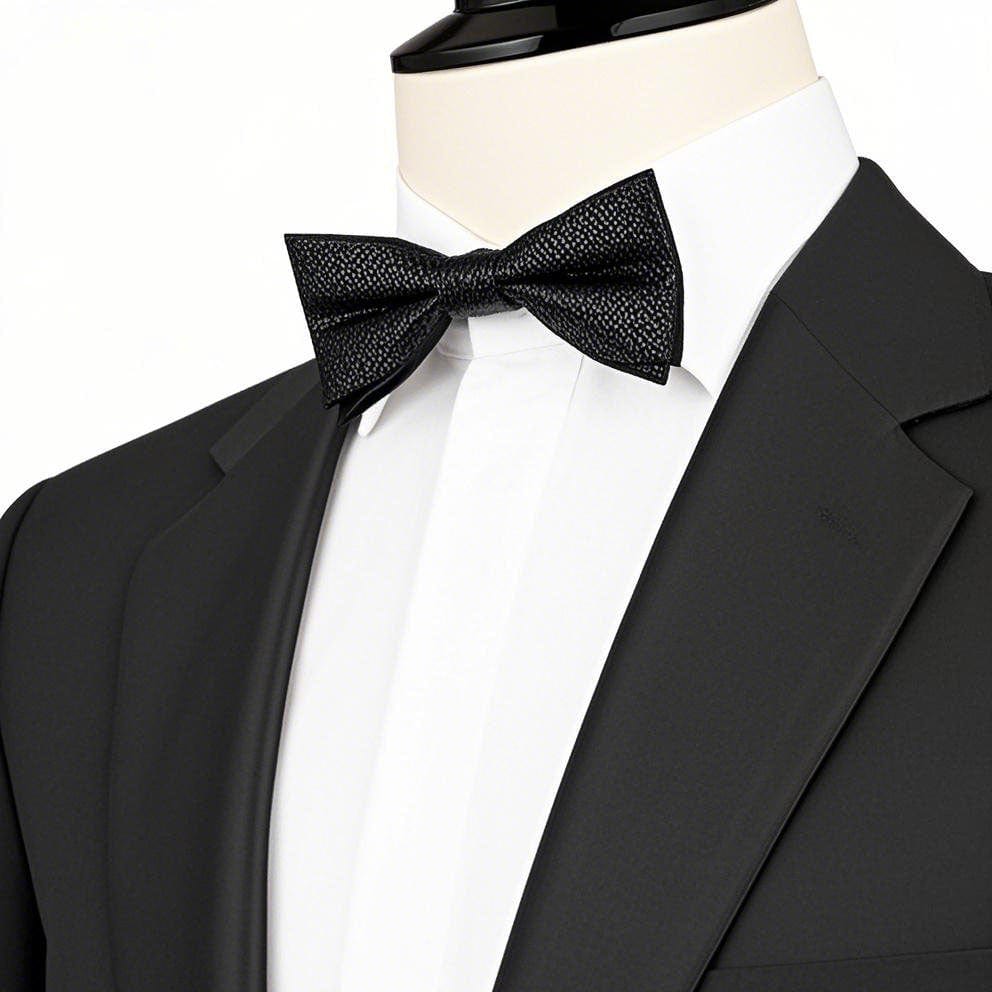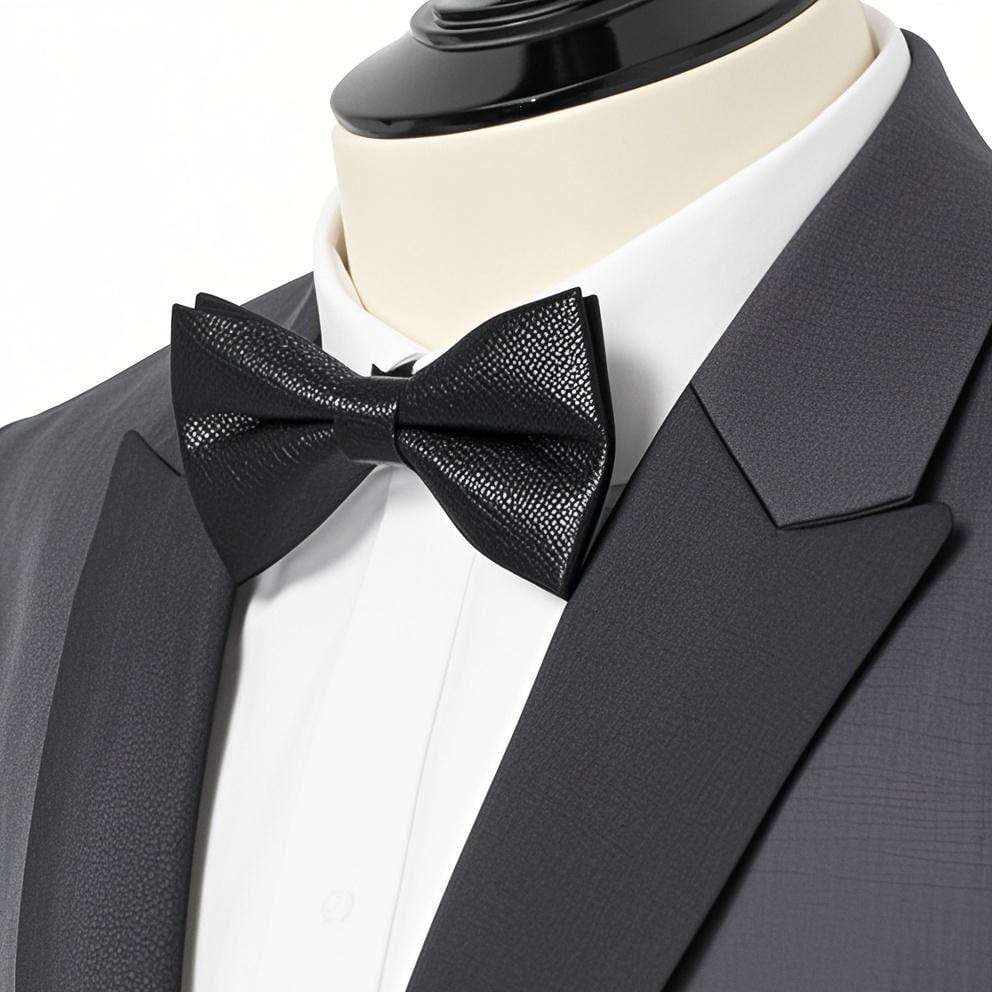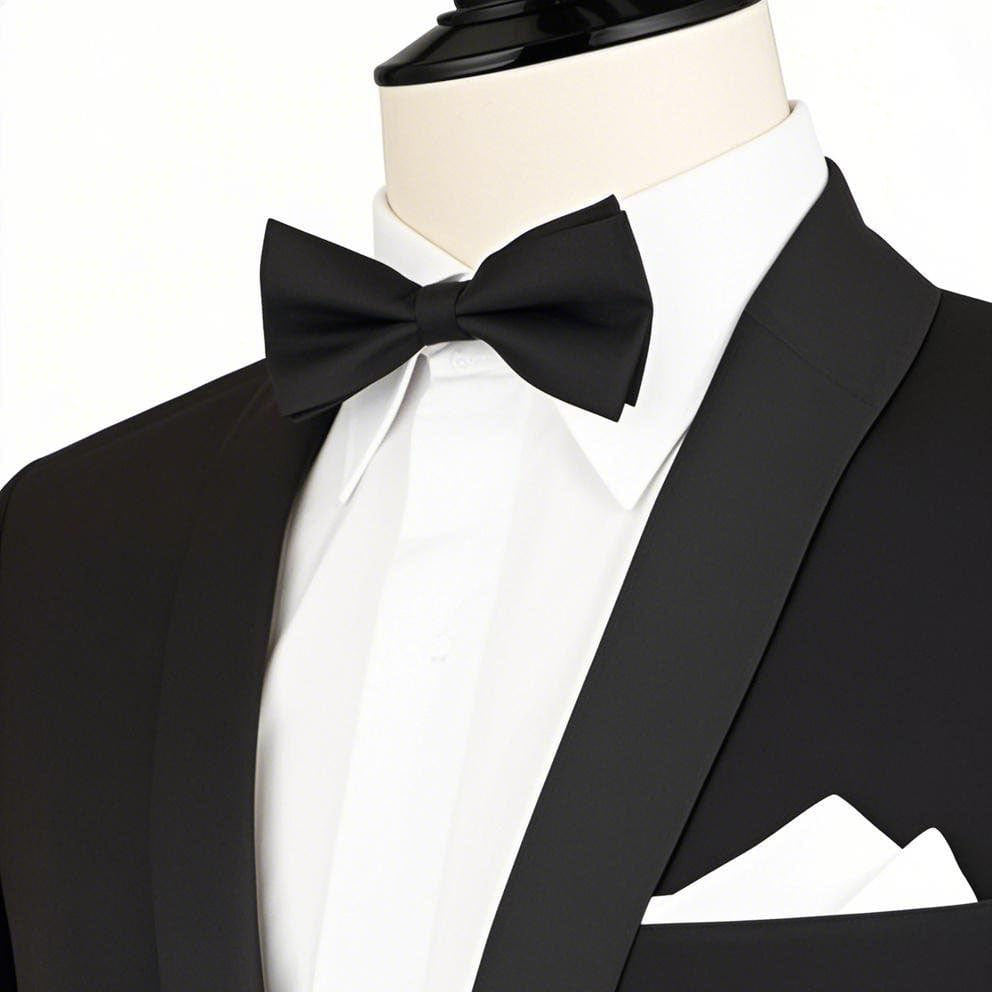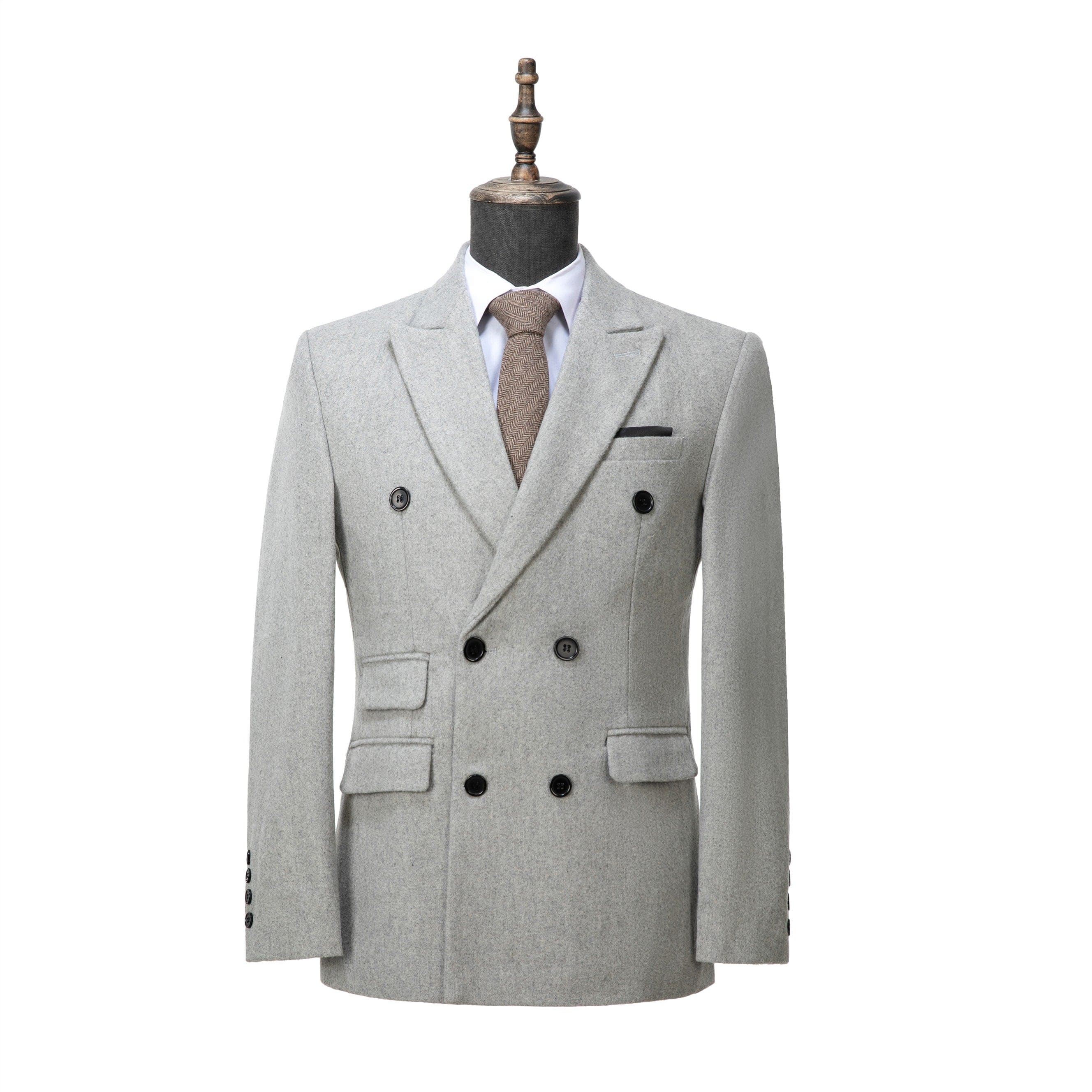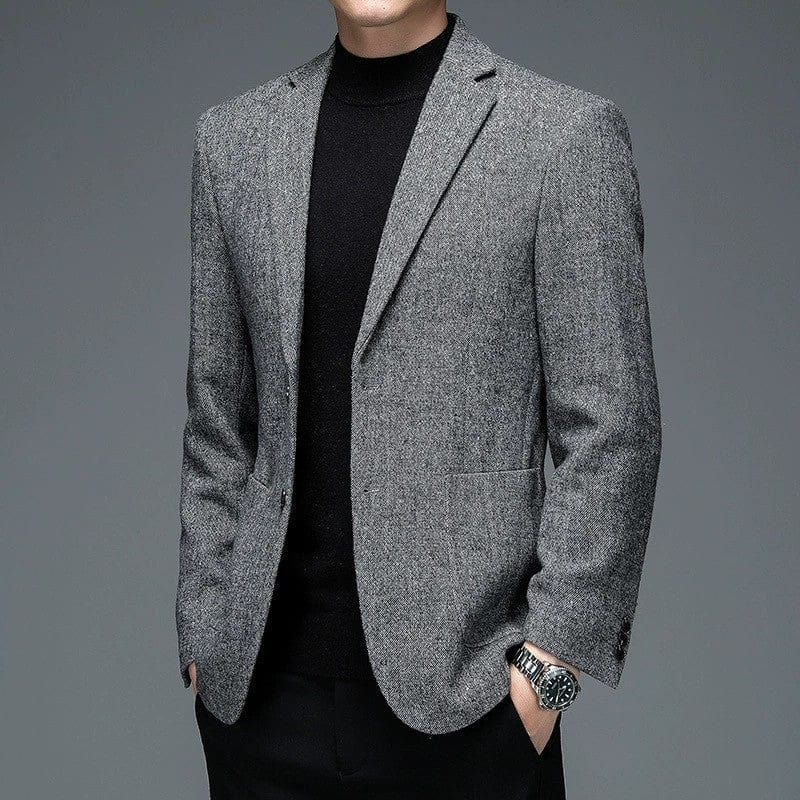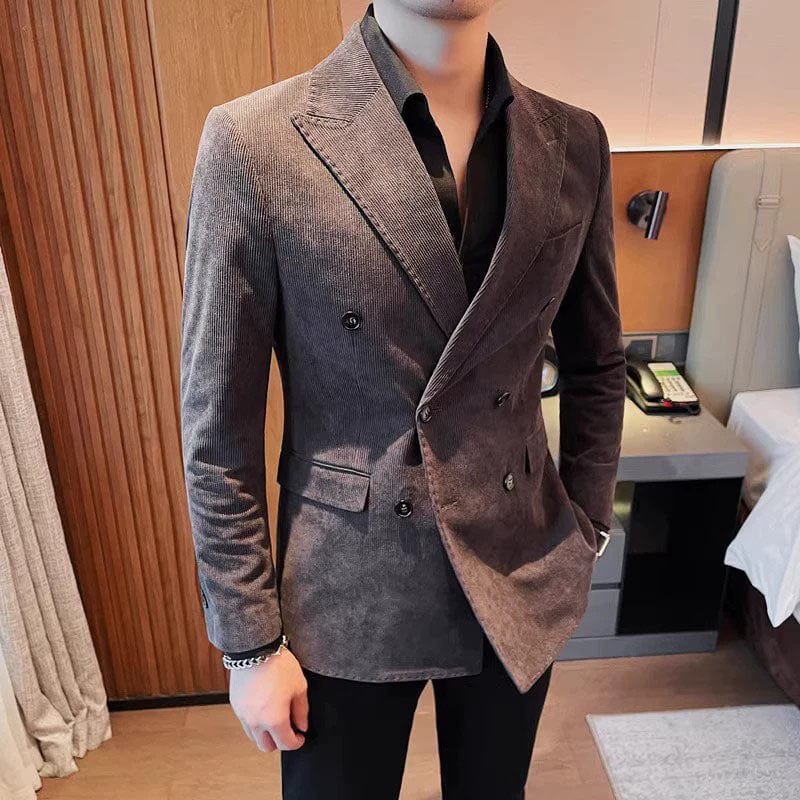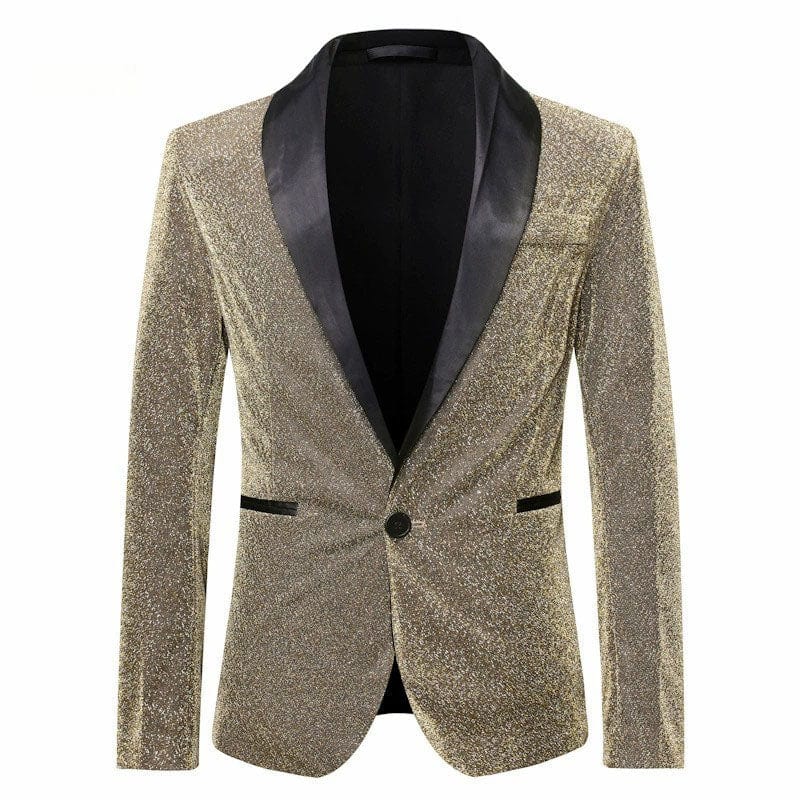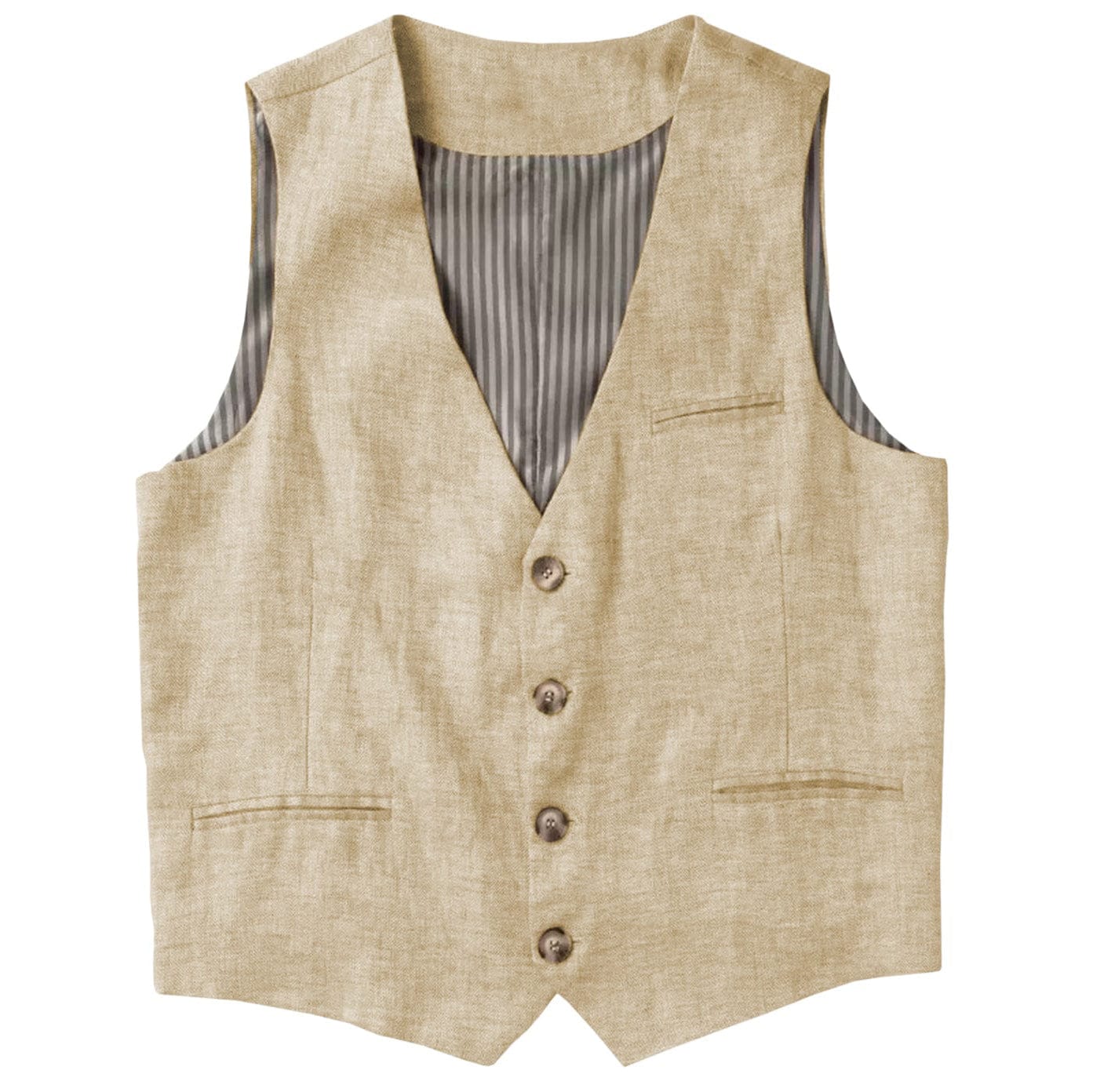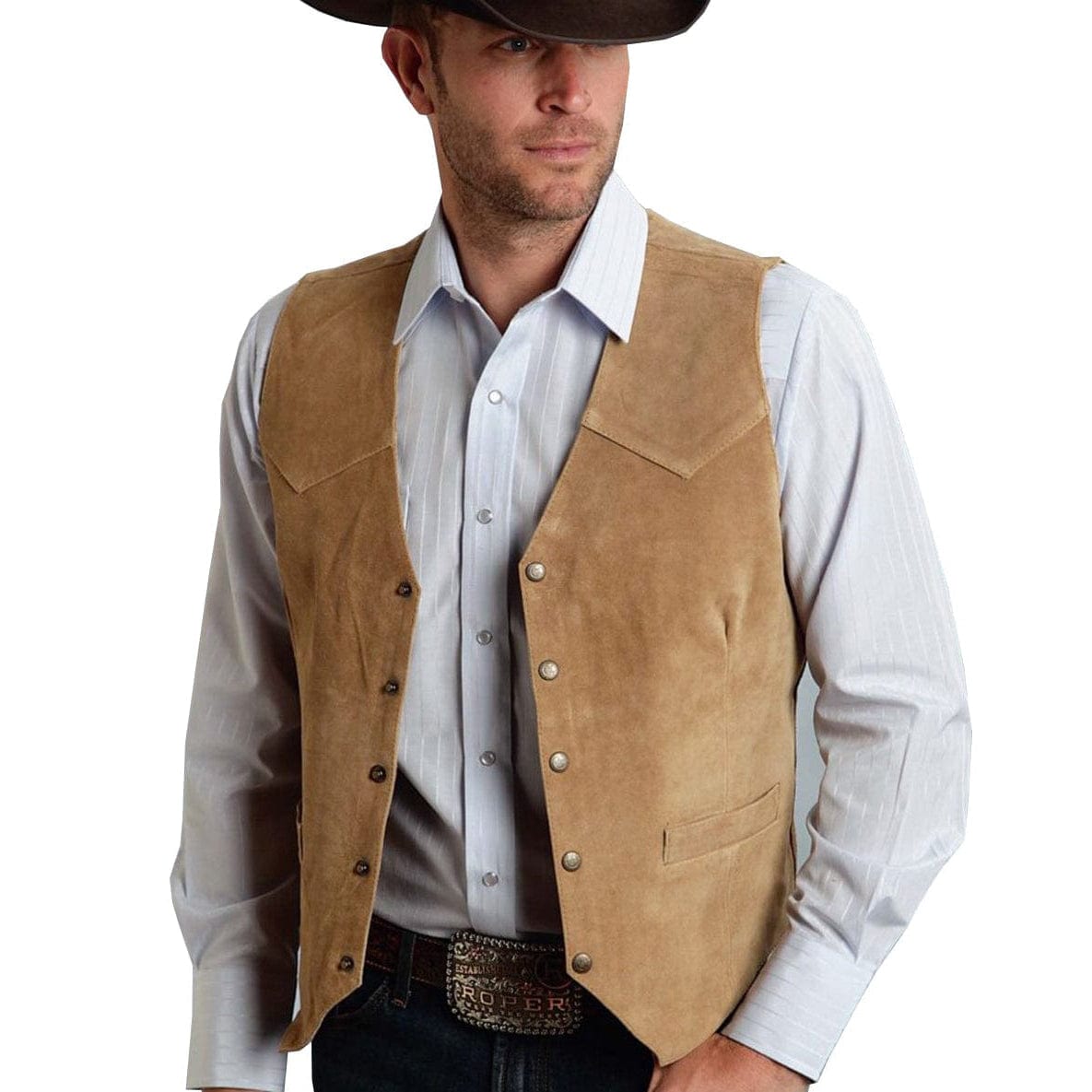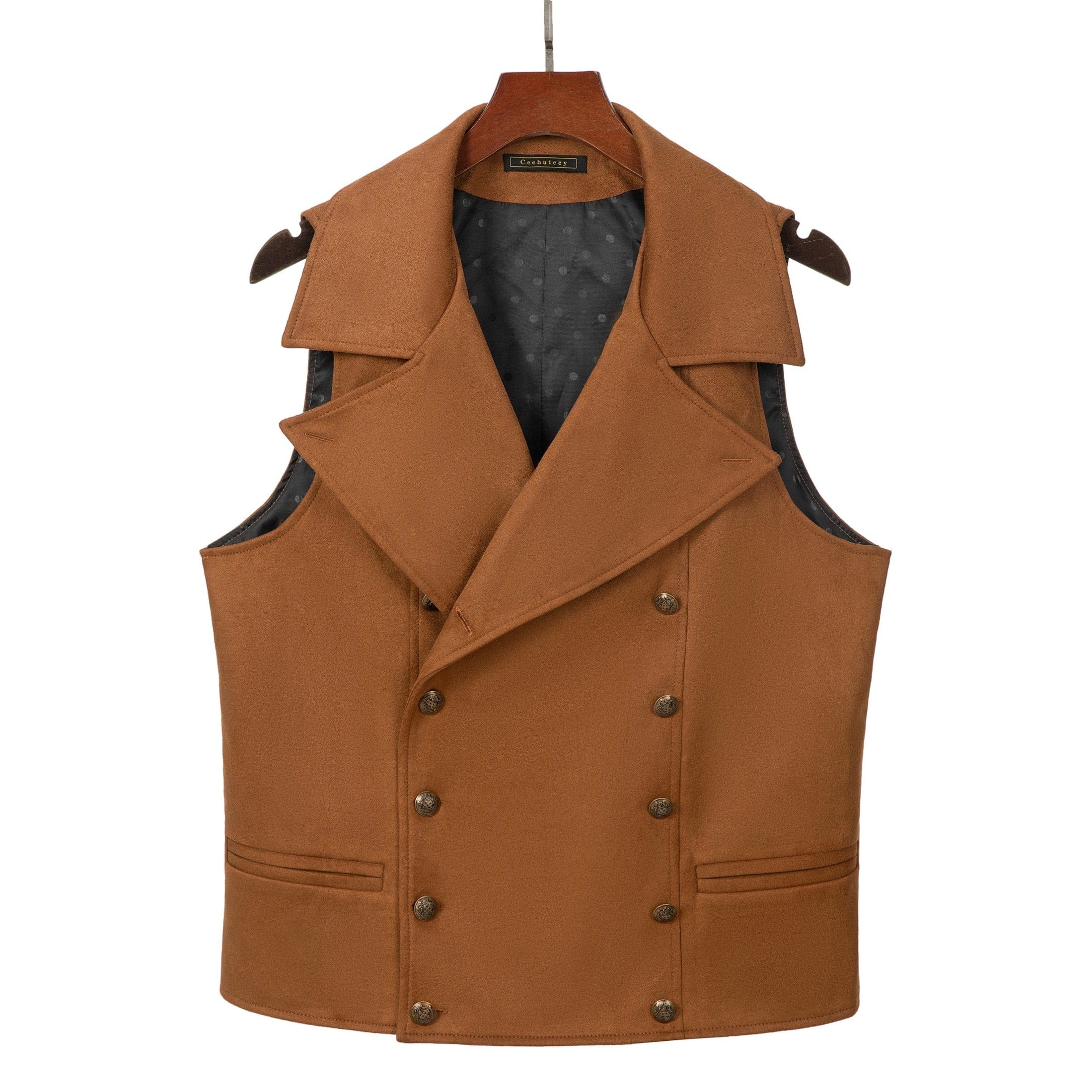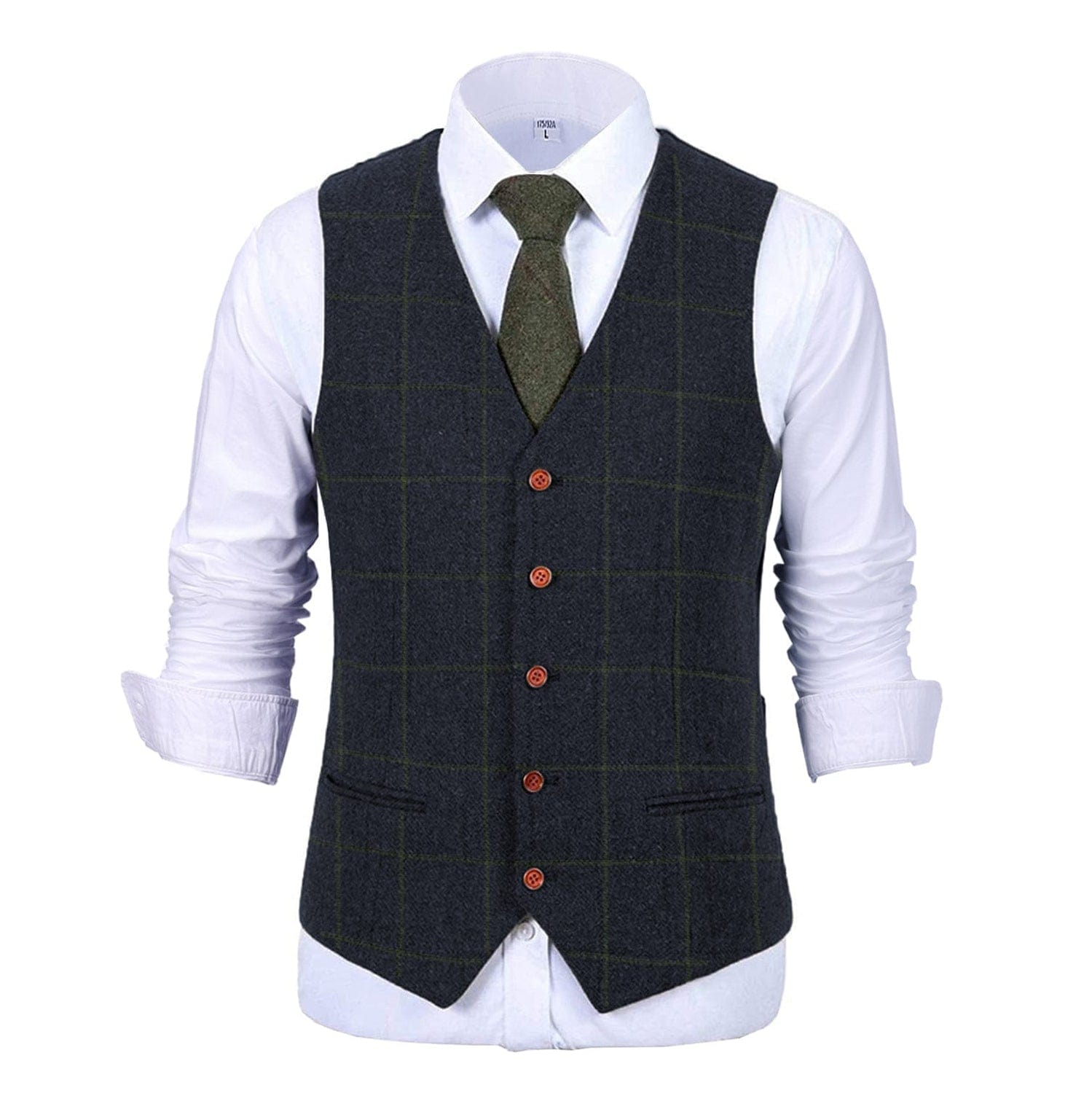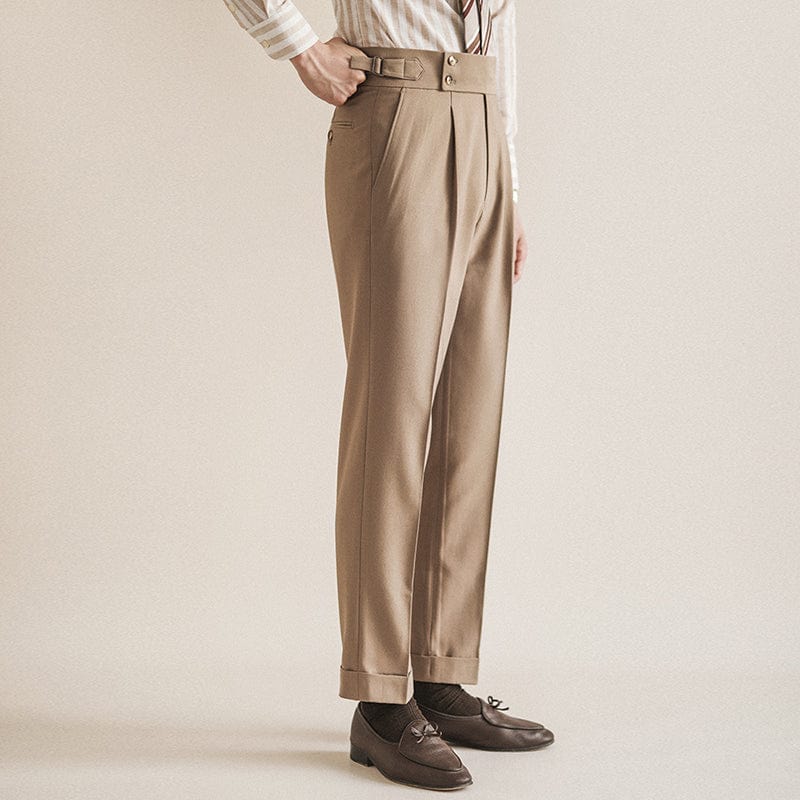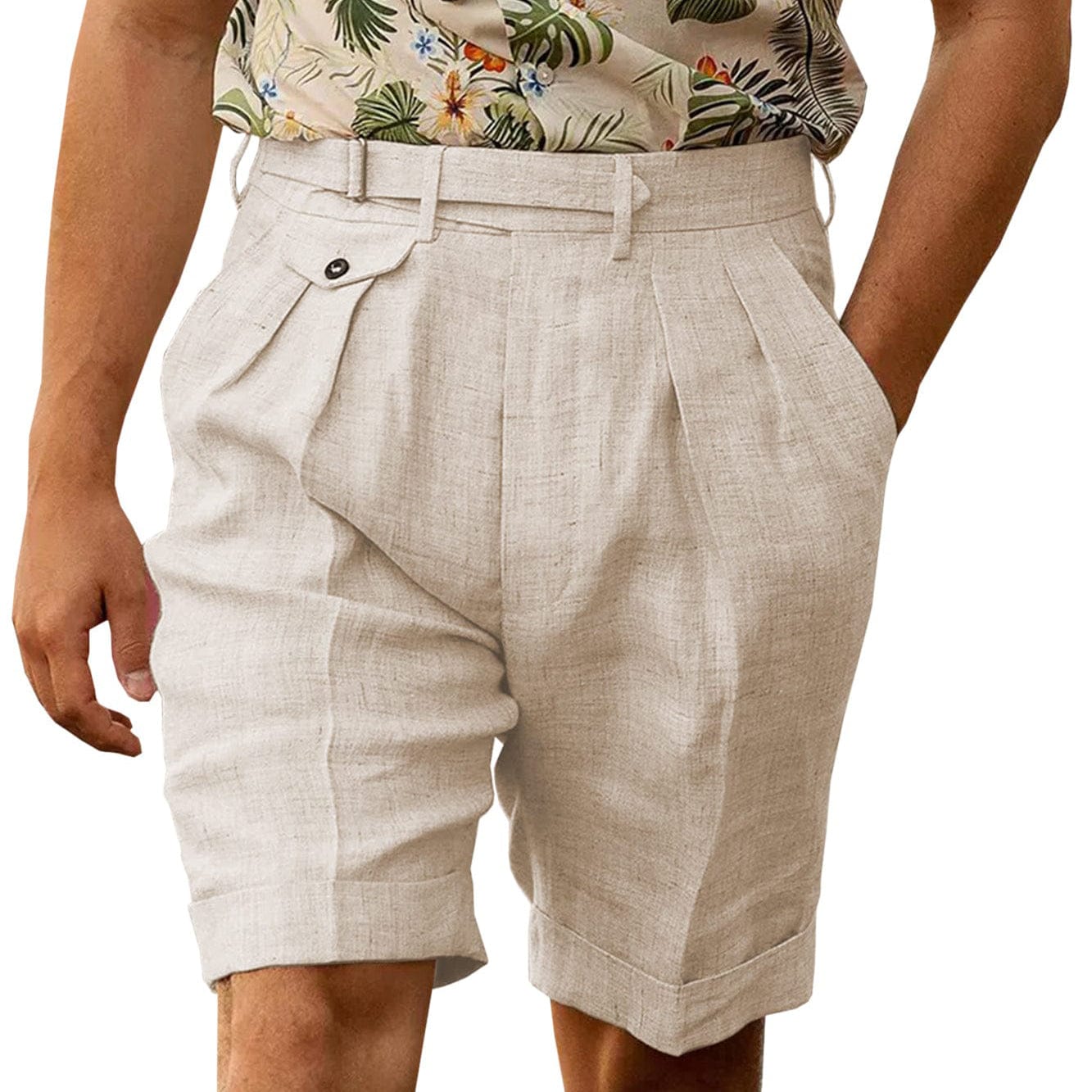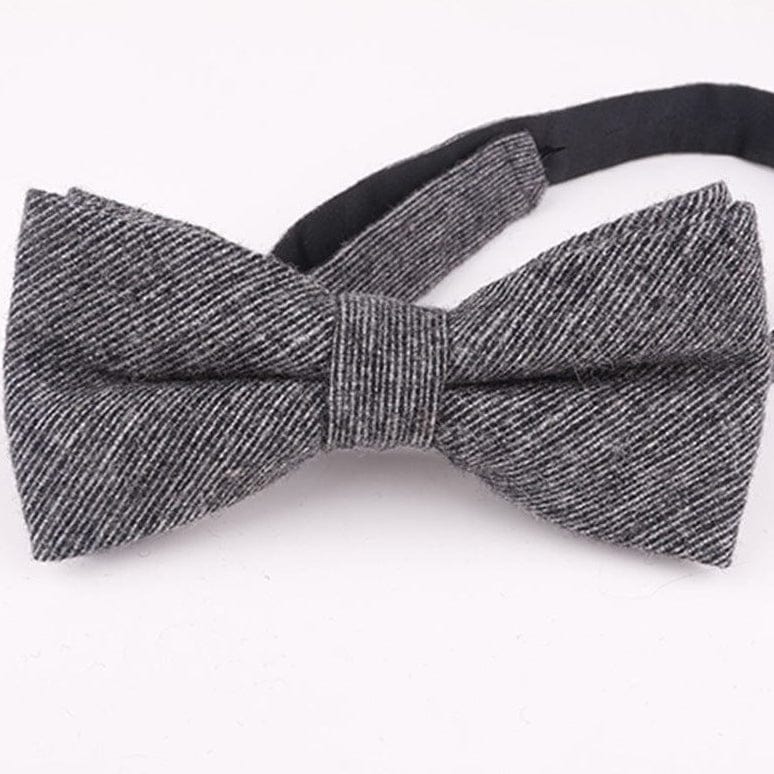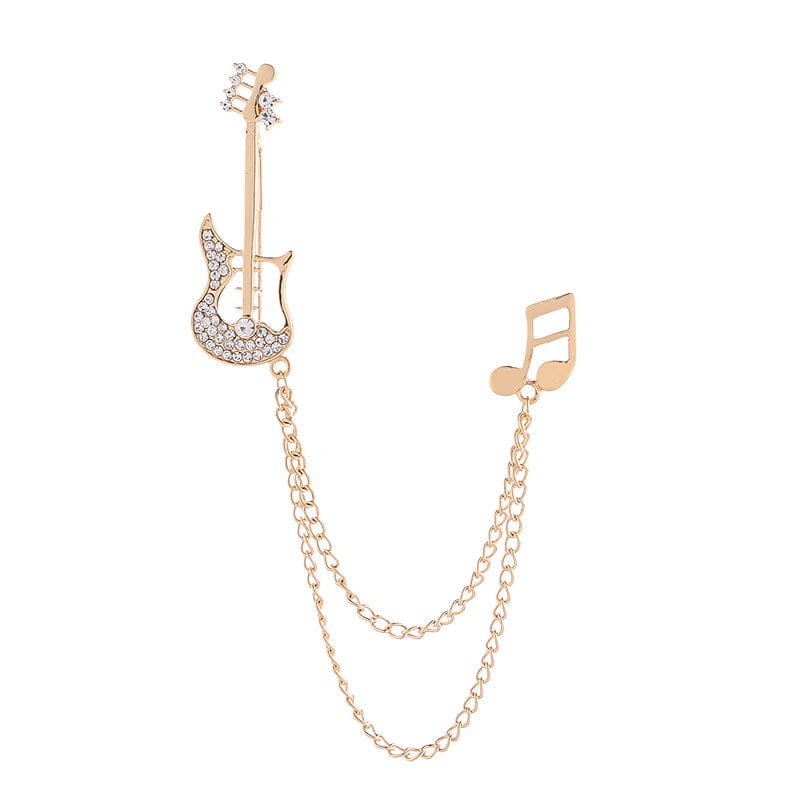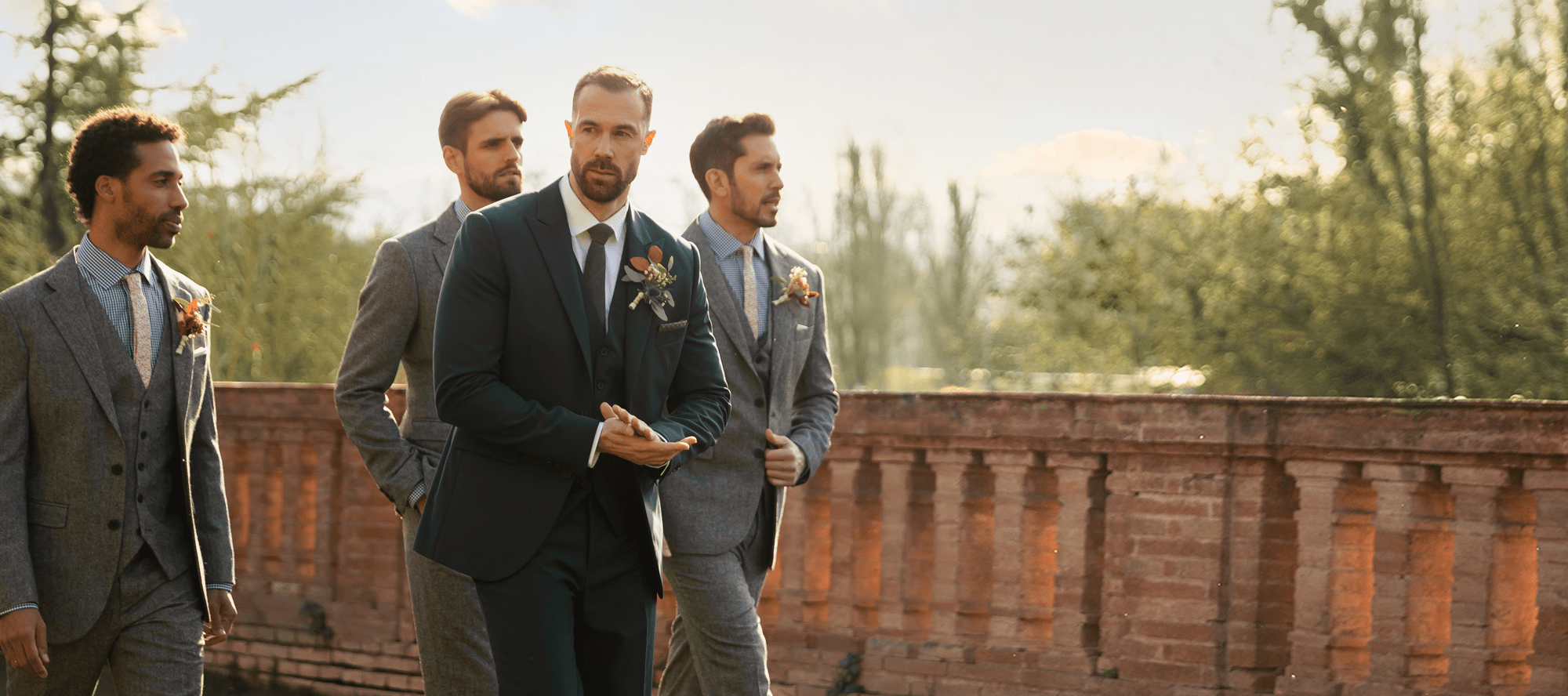Frequently Asked Questions
1. What is business casual attire?
2. When should I wear formal attire?
3. How can I balance business casual and formal styles?
4. What types of footwear are appropriate for business casual?
5. How can I find cost-effective options for formal attire?
When it comes to dressing for success in today's workplace, finding the right balance between business casual and formal attire can be a challenge. It's essential to understand the nuances of various dress codes while ensuring you maintain a professional appearance. This guide will explore how to navigate the complexities of business casual versus formal dressing, including tips on choosing the right clothing styles and how to incorporate them into your wardrobe.
Defining Business Casual and Formal Attire
Before diving into the specifics, let's clarify the two primary categories of workplace clothing:
What is Business Casual?
Business casual is a dress code that blends professional attire with more relaxed elements. This style is less formal than traditional office wear, allowing for a bit of personal expression while still appearing polished. Common examples of business casual attire include:
- Dress shirts without a tie
- Khakis or tailored trousers
- Polished loafers or other dress shoes
- Blazers or sports coats
- Polo shirts in neutral colors
Understanding Formal Attire
On the other side of the spectrum is formal attire. This dress code is usually reserved for high-stakes meetings, corporate events, or occasions requiring a high level of professionalism. Formal wear for men typically includes:
- Mens suits, preferably dark colors
- Mens 3 piece suits for added sophistication
- A tie and dress shoes
- Tailored dress shirts in light hues
The Importance of Dressing Appropriately
There are numerous reasons why understanding the difference between business casual and formal attire is crucial. Dressing appropriately contributes to a positive first impression, influences how colleagues perceive you, and even affects your confidence levels. When you understand the dress code expected in your workplace, it helps you to define your personal brand as a professional.
Impressions Matter
First impressions are those fleeting moments that can significantly impact your professional relationships. Whether you’re meeting a client or presenting to your team, your clothing choices convey a message about your professionalism and respect for the company culture. Wearing appropriate mens dress suits or a business casual look that aligns with the workplace can make a huge difference in how people perceive you.
Creating a Personal Brand
Your attire also serves as a part of your personal branding strategy. Especially when in client-facing roles or during networking opportunities, your style communicates your values and professionalism. A well-fitted suit could align with the image you want to project, while a more relaxed business casual appearance might show your approachable side.
Knowing When to Choose Each Style
Understanding when to use business casual versus formal attire can be a game-changer. The context often dictates which style to embrace, and here’s how to read the room:
Business Casual Scenarios
There are times when business casual is appropriate, such as:
- Team meetings with coworkers
- Creative brainstorming sessions
- Casual Fridays
- Office social events or team-building activities
These scenarios typically allow for a relaxed approach, where you can opt for mens dress suits that combine professionalism with comfort.
Formal Attire Scenarios
Conversely, there are specific situations where formal attire is non-negotiable, including:
- Client presentations
- Interviews
- Corporate gatherings or galas
- Management meetings or industry conferences
During these events, wearing formal suits for men communicates seriousness and a commitment to professional standards.
Finding the Right Balance
Striking the perfect balance between business casual and formal attire can be tricky, yet with some strategies, you can master this balance.
The Art of Layering
Layering is a fantastic way to navigate between business casual and formal looks. Choose versatile items that can easily transition from one style to another.
- A tailored blazer can elevate a casual outfit.
- Opt for smart-casual shoes for a laid-back look.
- Pair dress shirts with chinos instead of dress pants to bridge the gap.
Selecting the Right Fabrics
Fabrics play a significant role in achieving a specific vibe. Silk shirts or finely woven cotton can lend a formal touch, while breathable materials like linen or jersey can enhance casual outfits without sacrificing sophistication. Consider investing in a versatile wardrobe with quality pieces that can be styled both ways. For example, mens 3 piece suits made from lightweight fabrics can adapt to various environments by removing the jacket or adjusting accessories.
Accessories that Complement Both Styles
The right accessories can make or break your look. Here’s how to use them effectively:
Ties, Bowties, and Pocket Squares
When leaning toward formal attire, ties, bowties, and pocket squares can elevate your appearance considerably. However, when it comes to business casual, consider opting for a more subtle look, such as a classically colored tie or a simple pocket square. Accessories can help transition your outfit depending on the occasion.
Footwear Choices
Footwear is one of the most crucial components when it comes to defining your outfit. Wearing loafers, Oxfords, or brogues signals a formal look, while high-quality sneakers or casual shoes can lend themselves to more relaxed settings.
Cost-Effective Options Without Compromising Style
Prioritizing quality and style doesn’t mean breaking the bank. There are numerous options for those searching for cheap suits that maintain a polished look. Consider shopping sales or clearance sections where you can find mens dress suits without sacrificing quality.
Additionally, renting formal attire for special occasions can be a smart budgeting strategy. This option is fantastic for those who might not need suits often but still want a variety of styles for different events.
Tip: Versatile Color Palettes
Investing in a color palette that allows mix-and-match capabilities expands your wardrobe's versatility. Classic colors like navy, gray, and black can generally coexist in both business casual and formal settings.
Wrapping It All Up
Navigating the world of business casual versus formal attire doesn’t have to be complicated. By understanding the definitions of each dress code and recognizing the importance of appropriate dressing, you can enhance not only your professional image but also your confidence. Remember to find pieces that allow for versatility, utilizing accessories to complement your look and allowing layering to transition seamlessly between styles. With some thoughtful planning, you’ll find that striking the right balance can lead to professional success, and ultimately, a wardrobe that reflects your unique style and identity.

